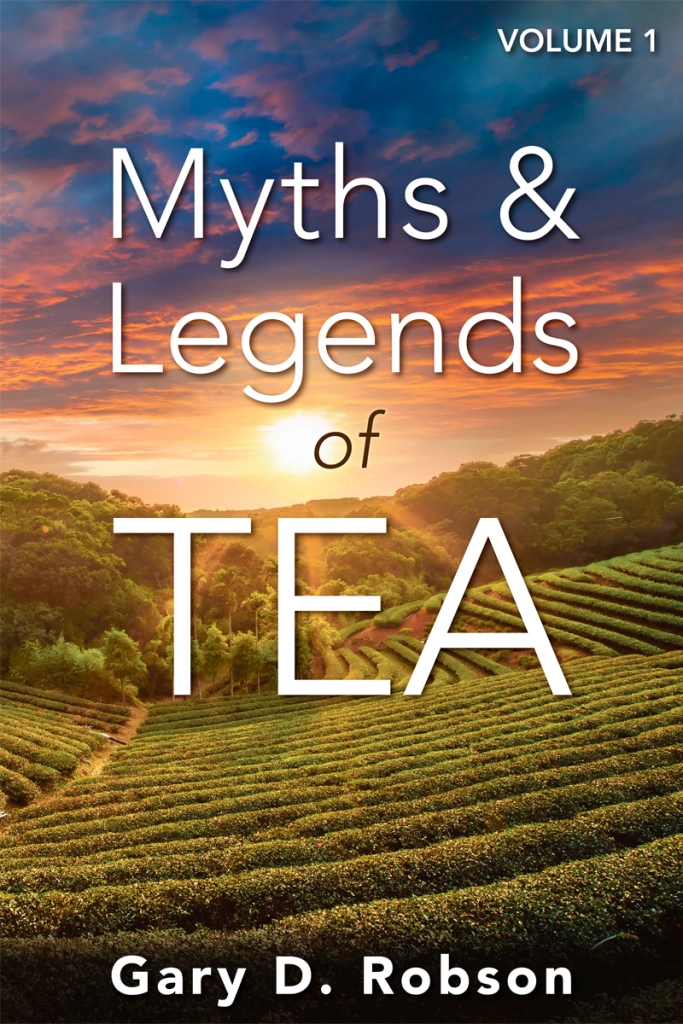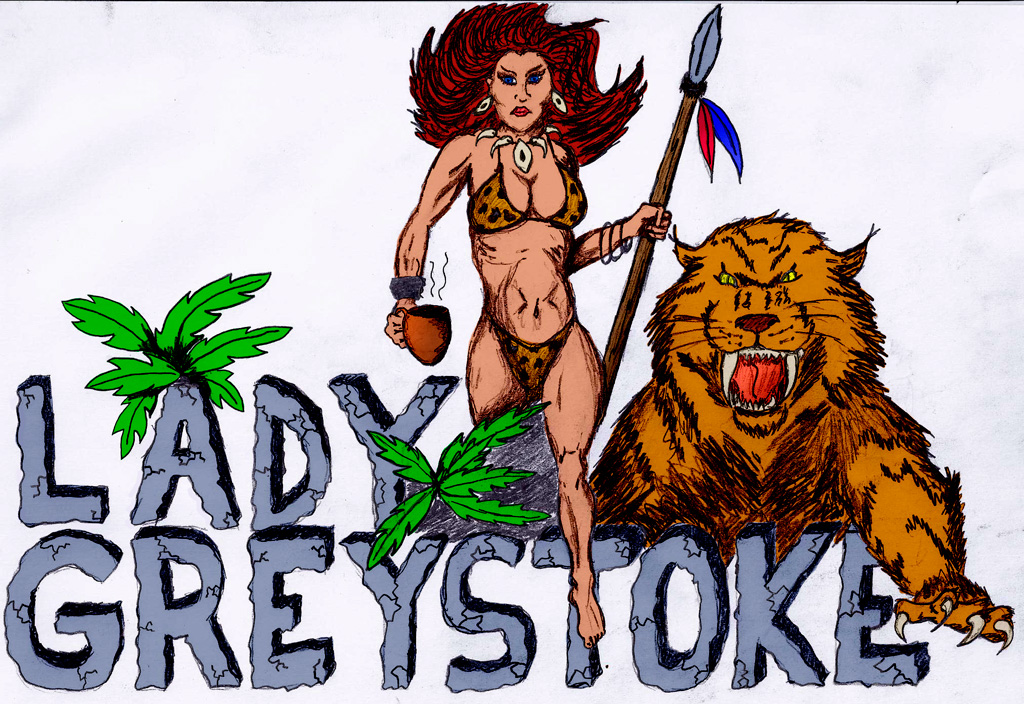Earl Grey vs Black Tea
Man, I see these questions all the time on places like Quora. I used to get them in the tea shop all the time, too: What’s the difference between Earl Grey and black tea? How much caffeine is there in Earl Grey? What are the health benefits of Earl Grey compared to black tea?
Well, strap in and let’s see if I can cover it all in one article!
First, let’s get the basic facts on Earl Grey out of the way:
The original Earl Grey tea was black tea
Specifically, it was Earl Grey tea with bergamot oil added to it. (I know, that raises a new question. More on bergamot oil shortly…) Most, but not all, of the tea currently marketed as Earl Grey is still basically black tea with bergamot oil. That means the caffeine content is the same as black tea, the steep times are the same as black tea, and the color is the same as black tea. The aroma, however, is decidedly not black tea.
The origin story—who was this Earl Grey dude and why did he create this tea?—is one of the chapters in my book, Myths & Legends of Tea, volume 1. In short, Charles Grey II, Lord of Howick Hall, First Lord of the Admiralty, and soon to become the second Earl Grey, had really crappy water at Howick Hall. All of the limestone (just called “lime” by most at the time) in the water made the tea taste foul. Bergamot oil was the solution, as its strong aroma masked the bad stuff in the water.
Many people say Earl Grey smells “perfumey” because, well…
People have been using bergamot oil as an ingredient in perfumes and colognes for over 300 years now. Brands like Giorgio Armani, Christian Dior, Yves St. Laurent, Elizabeth Arden, Lancome, Calvin Klein, Oscar de la Renta, Donna Karan, Jimmy Choo, and many others put bergamot oil in various of their scents.
But what the heck is bergamot oil? Ready for the most unhelpful answer ever? It’s oil from a bergamot.
Okay, okay, I’ll explain. The bergamot, Citrus bergamia, is a citrus fruit native to southern Italy. It’s sometimes called a “bitter orange,” and to make your life just a little more complicated, it isn’t related at all to the bergamot herb, Thai bergamot, wild bergamot, or bergamot mint.

The bergamot oil is extracted from the rind of the fruit, and a little bit goes a long way! Typically, to make Earl Grey tea, the tea leaves are sprayed with a fine mist of bergamot oil and then packaged.
I keep referring to “most” Earl Grey teas
The Grey family never copyrighted the name Earl Grey for the tea, nor did they protect the formula legally. Although the original recipe was passed on to Twinings, anyone is free to make any variant they want and proudly brand it as Earl Grey.
There are Earl Grey teas out there using all manner of black teas as the base, not to mention all of the variants using green tea, white tea, herbal teas (“tisanes“), and other tea styles. I produced a number of these when I had my tea shop, including the oddly popular Mr. Excellent’s Post-Apocalyptic Earl Grey, which was made with lapsang souchong, a smoked black tea from China.
Most, if not all, tea companies that make Earl Grey teas do try to use different names if they don’t use the classic black tea base. You’ll see names like Earl Green, Duke Grey, Creme Earl Grey, Earl Greyer (one of my favorite names), and many more.
And then there’s Lady Grey
Neither the Grey family nor Twinings has any protection on Earl Grey. Twinings does, however, have a trademark on “Lady Grey.” Unless you have bigger badder lawyers than Twinings (and the budget to pay them), I strongly recommend coming up with a different name for your take on Lady Grey. My version, which was black tea, bergamot oil, and lavender flowers, was called Lady Greystoke, named for Tarzan’s wife, Jane, after they got married and she took his family name and the title that came with it.
The dreaded topic of health benefits
My regular readers know that I rarely discuss health benefits of tea unless there’s some really solid science behind it. There are so many claims with zero data to back them up, so many flawed studies, so many misinterpreted studies. It’s really difficult to sort things out.
I really really wanted to say up at the very top that the health benefits of Earl Grey are exactly the same as the health benefits of plain black tea. But I just can’t.
On one hand, we have the aromatherapy and essential oil folks, who claim that bergamot oil helps to heal wounds, reduce inflammation, cure acne, promote hair growth, reduce stress, fight food poisoning, lower cholesterol, fight liver disease, reduce pain, and more.
On the other hand, we have medical evidence that bergamot oil can be a skin irritant for some people, causing blisters, pain, difficulty breathing, nausea, and vomiting. Also, it is a known phototoxin. Exposure to UV light (such as sunlight or tanning beds) after an aromatherapy session with bergamot oil can cause severe burn-like reactions, and the International Fragrance Association restricts the amount of bergamot oil that can be used in leave-on skin care products. Healthline even states that bergamot oil can be poisonous and should never be swallowed, although they are talking about the pure oil, not the small concentrations found in Earl Grey tea.
And so in conclusion
What most people call Earl Grey tea is just black tea with bergamot oil, which doesn’t change the looks (reddish-black), caffeine (probably 40mg per cup or so), or calories (about 2 per cup). It does, however, affect the smell and flavor. The health benefits may be different, but the amount of bergamot oil in a cup of Earl Grey tea is so tiny (less than .25 grams in my recipes) that it’s probably insignificant.
So enjoy your Earl Grey, treat it as nutritionally equivalent to black tea, and if you want to read the whole story, please buy a copy of my Myths & Legends of Tea book. I’d sure appreciate it!
Posted on 14 March 2024, in Blends and tagged earl grey. Bookmark the permalink. Leave a comment.




Leave a comment
Comments 0